Types Of Wet Heating Systems Uk
Warm air ducted heating is another cost effective way to heat your home. The vast majority of central heating systems come in three different combinations.
Hydronic Central Heating What It Is And How It Works
Typically fuelled by gas the boiler heats up the water which moves through pipes either under the floor or inside the walls of the home.

Types of wet heating systems uk. Due to the size of most commercial properties a commercial heating system will usually be zoned to heat different rooms or floors. Furnaces work by blowing warmed air through radiators or air vents. There are three main categories of primary electrical heating usually found in the home.
This was a relatively popular method of heating back in the 70s and 80s but has declined in use for domestic properties in recent years with just a handful of manufacturers in the market. In an electric underfloor heating system commonly known as a dry system a set of wires are installed beneath or within the flooring where the heat output is controlled by a thermostat. Infrared Panels Infrared has the potential to be the most efficient heating system for your home.
Most heating systems for homes in the UK especially in towns are gas fired boilers. System boilers come in two types a vented low pressure and an un-vented high pressure system. Our wet underfloor heating kits are supplied with all the high quality components and controls you will require for installation of your new water-based underfloor heating system.
This type of central heating is known as a wet system where a gas-fired boiler heats water which provides heating via radiators and hot water through the taps in your home. Low profile screeded kits. These provide warmth for a room or the house and do not compliment other heating systems such as wet central heating.
Water is heated via a boiler and pumped through a sealed radiator system to heat rooms. The first ever central heating systems in the UK came into use way back in the 1830s. The three most common types are wet systems that use a boilerheat exchanger and radiators warm air central heating systems and storage heater central heating systems.
Different Types of Wet Central Heating Systems. All wet central heating systems have the same components. These are more popular in parts of Europe.
There are two main types of underfloor heating electric underfloor heating which is sometimes known as a dry system and hydronic underfloor heating which is also known as a wet system. Water underfloor heating also known as a wet system circulates hot water to the pipework throughout the floor connected to a boiler or a heat pump. In fact they will work with any type of heat source such as a heat pump.
Electric underfloor heating systems on the other hand only need to be connected to your electrical supply. The cost of heating up an entire floor area with electric underfloor heating will be significantly more expensive than the running costs of wet. They provide hot water on demand without the need for a header tank or cylinder therefore saving space.
In both cases there are many different types of fuel and boiler that can be used to heat the water. PEX-A PE-RT and PE-RTALPE-RT. In the UK there are roughly 5 million homes for which gas isnt an option yet almost every house has access to the electricity grid.
Most homes in the UK have a wet system for central heating. Gas heating systems are the most commonly used in the UK. If you have a gas supply the obvious and usually cheapest way to heat your home is with a gas boiler.
System Boiler Heating System. The heat is then emitted through radiators which spread warm air through the surrounding space. There are two main types of boilers.
Warmup systems come with a choice of 3 pipe types. A boiler to heat the water and a device to transfer the heat to your room usually a radiator or. The main drawback of electric underfloor heating is the running cost.
For these off-gas homeowners electric central heating systems could see a vast improvement to their bottom line and to their quality of life as opposed to traditional heating methods such as oil or LPG boilers. Wet Central Heating Systems make up in excess of 95 of the domestic central heating so we will focus on this type of central heating. Standard Combination or combi Combination boilers commonly known as combi boilers for short are the most popular type in the UK.
Central heating systems broadly fall into one of the following types. Furnaces Many households in the UK are heated by a central heating system powered by a furnace. Wet systems have a basic structure that consists of a boiler and a radiator.
Water systems will work with any type of boiler including condensing wood-fired or vented. Wet systems can also warm up water coming from taps and showers. Both require a Hot Water cylinder.
Commercial wet heating systems operate in a similar manner to most domestic heating systems. Electric fires and stoves and most portable electric heating devices will be used to provide heating as and when needed within a room with an extra burst of warmth this is called secondary heating as it compliments other heating systems. These are combination boiler systems sealed systems with hot water cylinders and open vented systems with hot water cylinders.
Dry and wet underfloor heating systems are similar both having their own pros and cons. Unlike other electric heating systems which warm the surrounding air to heat a room infrared warms objects and people directly transferring heat in straight lines from the heater to whatevers in front of it. Wet systems involving a boilerheat exchanger and radiators warm air system storage heaters.
Our kits are available in three floor types. This choice guarantees that you have the best possible system tailored to your specific installation and budget. District heating is also another form of wet system where hot water is heated centrally and pumped to many households via underground pipes.
The system will be connected to the heating via a manifold. Vented system boilers require a storage tank but most of the other components are held in the unit itself which means that installation is quicker and cheaper.
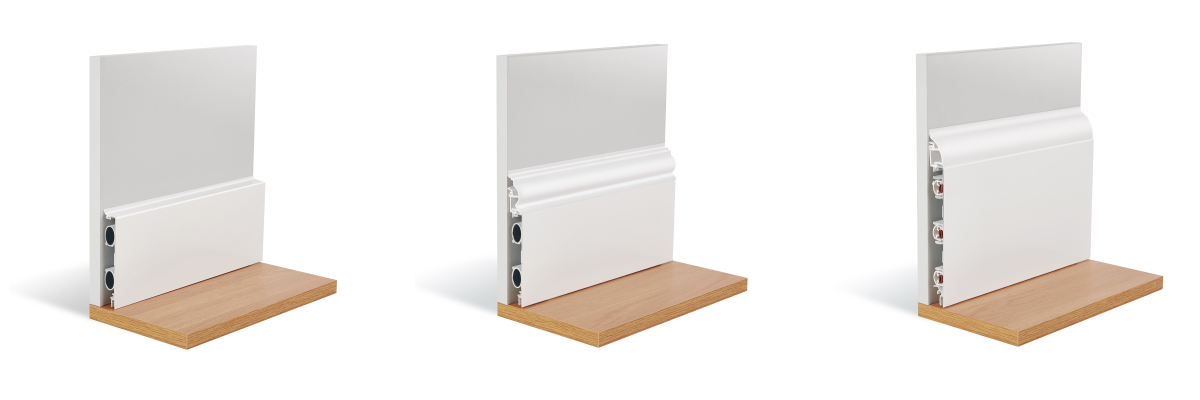 Thermaskirt The Worlds Smartest Heating System Discreteheat Co Ltd
Thermaskirt The Worlds Smartest Heating System Discreteheat Co Ltd
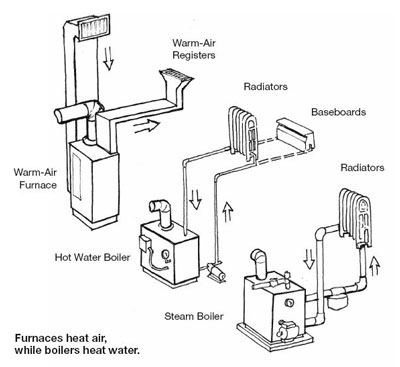 How To Heat A Garage Gym The 21 Best Ways Heatertips
How To Heat A Garage Gym The 21 Best Ways Heatertips
Hydronic Central Heating What It Is And How It Works
 Co2 Heat Pumps Can Heat Your Home And Your Hot Water Heat Pump Water Heater Heat Pump Heat Pump System
Co2 Heat Pumps Can Heat Your Home And Your Hot Water Heat Pump Water Heater Heat Pump Heat Pump System
 The Ultimate Guide To Being Efficient With Heating And Hot Water Ovo Energy
The Ultimate Guide To Being Efficient With Heating And Hot Water Ovo Energy
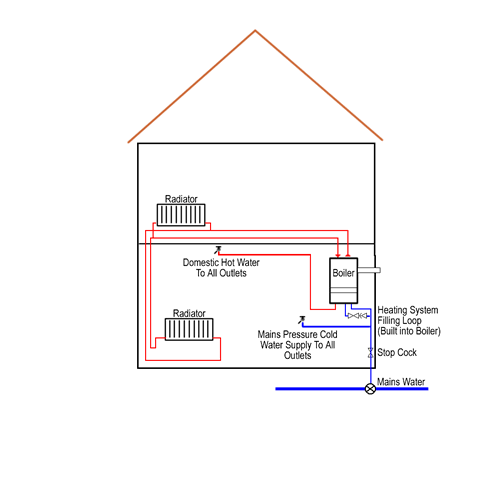 Central Heating Boiler Systems A Guide To The Different Types Of Boilers Diy Doctor
Central Heating Boiler Systems A Guide To The Different Types Of Boilers Diy Doctor
 How To Choose The Correct Speed Control For Heating Systems Xylem Uk
How To Choose The Correct Speed Control For Heating Systems Xylem Uk
 Central Heating Systems The Hydronic System Greenmatch
Central Heating Systems The Hydronic System Greenmatch
Hydronic Central Heating What It Is And How It Works
 7 Home Heating System Types Service Champions
7 Home Heating System Types Service Champions
Hydronic Central Heating What It Is And How It Works
 Different Types Of Home Heating Systems Underfloor Heating Trade Supplies Blog
Different Types Of Home Heating Systems Underfloor Heating Trade Supplies Blog

Hydronic Central Heating What It Is And How It Works
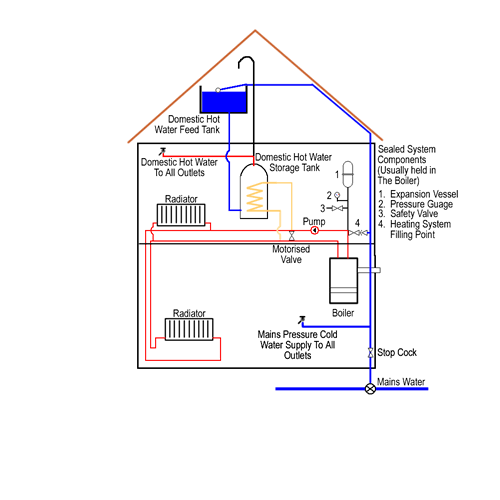 Central Heating Boiler Systems A Guide To The Different Types Of Boilers Diy Doctor
Central Heating Boiler Systems A Guide To The Different Types Of Boilers Diy Doctor
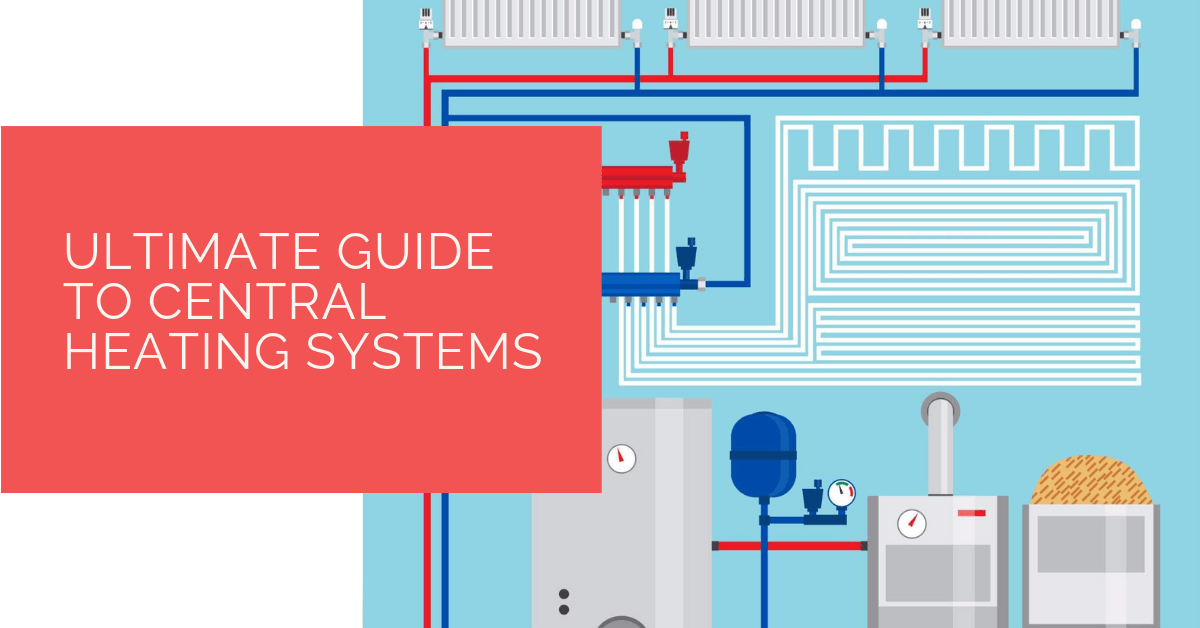 Ultimate Guide To Central Heating Systems Heat Pump Source
Ultimate Guide To Central Heating Systems Heat Pump Source
 Central Heating Systems Explained By Mr Central Heating Mr Central Heating Blog
Central Heating Systems Explained By Mr Central Heating Mr Central Heating Blog
 Low Carbon Heating Heating Systems Of The Future Boiler Guide
Low Carbon Heating Heating Systems Of The Future Boiler Guide
Hydronic Central Heating What It Is And How It Works